
celebrating Black History Month 2018
Book Review: 'Together Brothers' by Jim Robinson
4 / 5 Stars
For this year's Black History Month selection, the book is 'Together Brothers' by Jim Robinson.
‘Together Brothers’ (154 pp) was published by Award Books in 1974. It’s a tie-in novelization for the film of the same name.
‘Together Brothers’ is now regarded as one of the best films to emerge from the Blaxploitation era; its low-low budget turned out to be an advantage in terms of giving the film a documentary-based visual style. The plot is straightforward without being perfunctory, and the cast, mostly made up of amateur actors, delivered very good performances.
The soundtrack was composed by a young, up-and-coming soul artist named Barry White. His ‘Together Brothers’ theme song is pure classic early 70s R & B. Also good is ‘Somebody Gonna Off the Man’.
You can access the film via YouTube; even though the video quality is quite poor, it is watchable.
The novel adheres quite closely to the film, which is set in Galveston, ca. 1974. Needless to say, the ghetto lacks air conditioning, and everyone is coated with a film of sweat from the steamy Summertime heat. Despite this, the Brothers wear long pants and hats. See the still below - years before L. L. Cool J made wearing a Bucket Hat a major fashion statement, the Together Brothers made it their own hip accessory:
‘Mr. Kool’, the young black police officer assigned to foot-patrol the ghetto, is a representative of The Man. Although Mr. Kool is not welcomed by everyone, many of the residents see him as one of their own, and a needed presence amid the poverty of the ghetto.
The neighborhood gang: teenagers H. J., A. P., Monk, Gri’Gri’, and Mau Mau, are on guarded (but mutually respectful) terms with Mr Kool.
When Mr Kool is murdered – brutally shot down in the street at night by an unknown assailant - H. J.’s younger brother, five year-old Tommy, is the sole witness. Although Tommy has seen the killer’s face, the shock of seeing the murder has left Tommy unable to speak.
Aware that the killer will try and eliminate Tommy, H.J. and the gang come to a fateful decision: they will launch their own, street-level investigation and discover who killed Mr Kool. This means they will tangle with a rival Latino gang, the local crime lord, indifferent prostitutes, and the police themselves.
But for H. J., A.P., Monk, Gri’Gri’ and Mau Mau, the stakes are too high to let the death of Mr Kool turn into yet another unsolved killing……..
‘Together Brothers’ is a quick read and a good complement to the film (some of the more cryptic conversations and actions in the film are more clearly established in the novelization).
Unfortunately, copies of the novelization are going for steep prices (i.e., $10) at the usual online vendors. Ten dollars is a bit too steep, but if you can find a copy that is a little less pricey, ‘Together Brothers’ is well worth picking up.










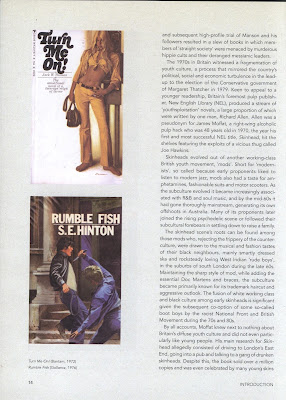
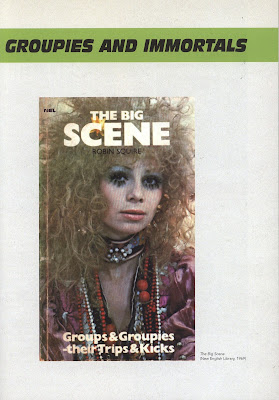













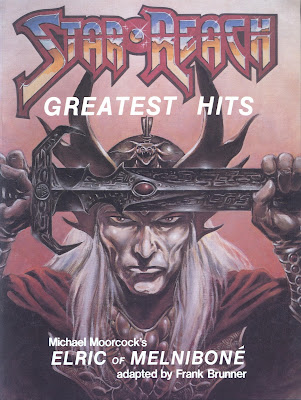













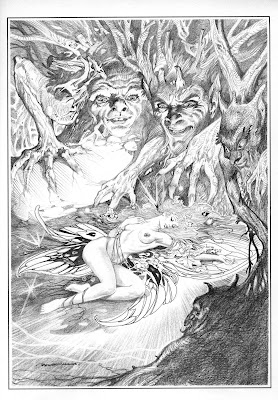

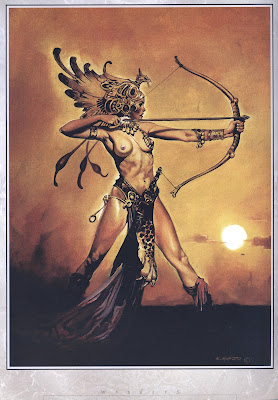









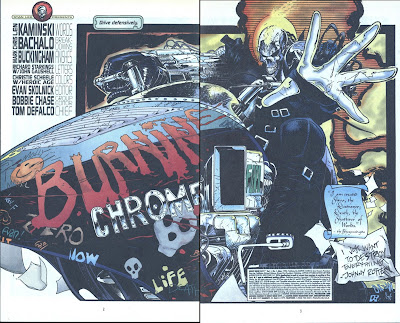





















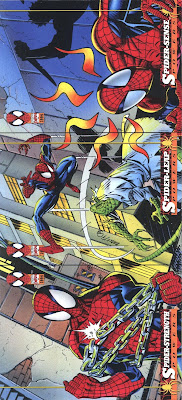







.jpg)


















